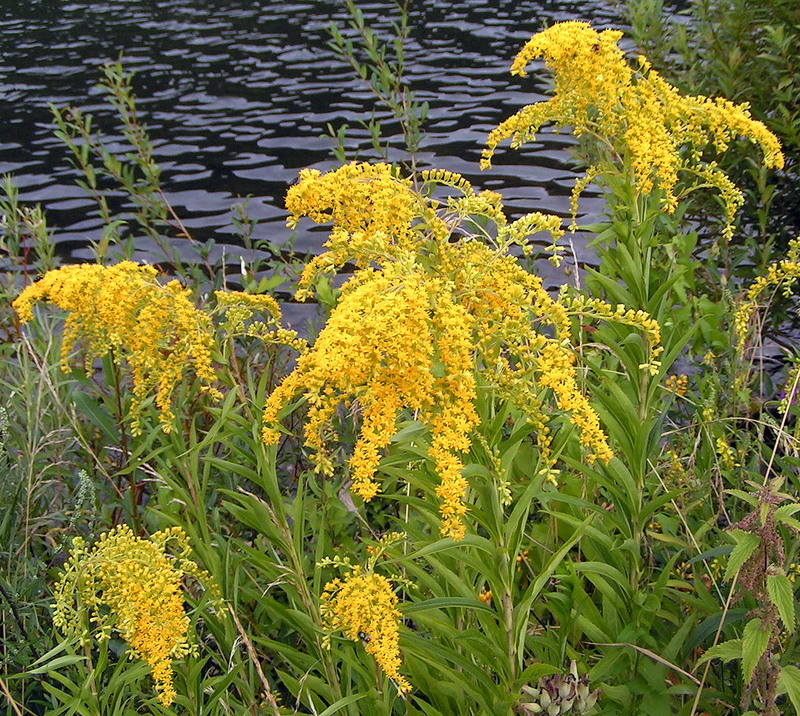Description
Ashwagandha, also known as Indian ginseng, is a plant native to the dry regions of India, the Middle East, and North Africa. It is a small shrub with oval leaves and small greenish-yellow flowers. The plant grows to about 1-2 feet tall and has a fast growth rate.
Ashwagandha can be differentiated from similar plants by its small size and oval-shaped leaves. It also has a distinct odor when the leaves are crushed.
Ashwagandha prefers well-drained soil and full sun to partial shade. To cultivate it successfully, a grower may need to provide water during prolonged periods of drought and protect the plant from strong winds. Ashwagandha is winter hardy and can withstand cold temperatures.
Ashwagandha is not edible, but some parts of the plant, such as the roots, have been used in traditional medicine for their potential health benefits. The roots can be stored after harvest by drying them in the sun or in a well-ventilated area.
Ashwagandha has been used in traditional medicine for its potential health benefits, such as reducing stress and anxiety, improving memory, and enhancing the immune system. It has also been used as a fertility aid and as a tonic to improve overall health and well-being.
Ashwagandha has value for wildlife as it provides food and shelter for birds and small mammals. The plant also helps to improve soil health by fixing nitrogen in the soil and can be used as a natural pesticide. In addition, the plant has been used as a source of natural dyes and as a source of building material.



